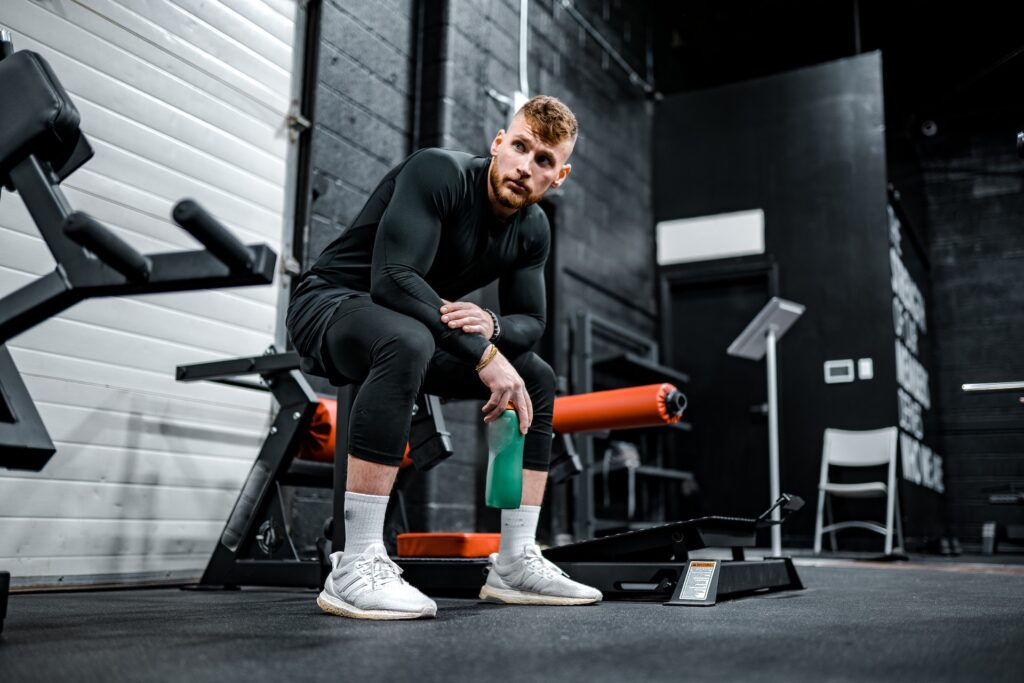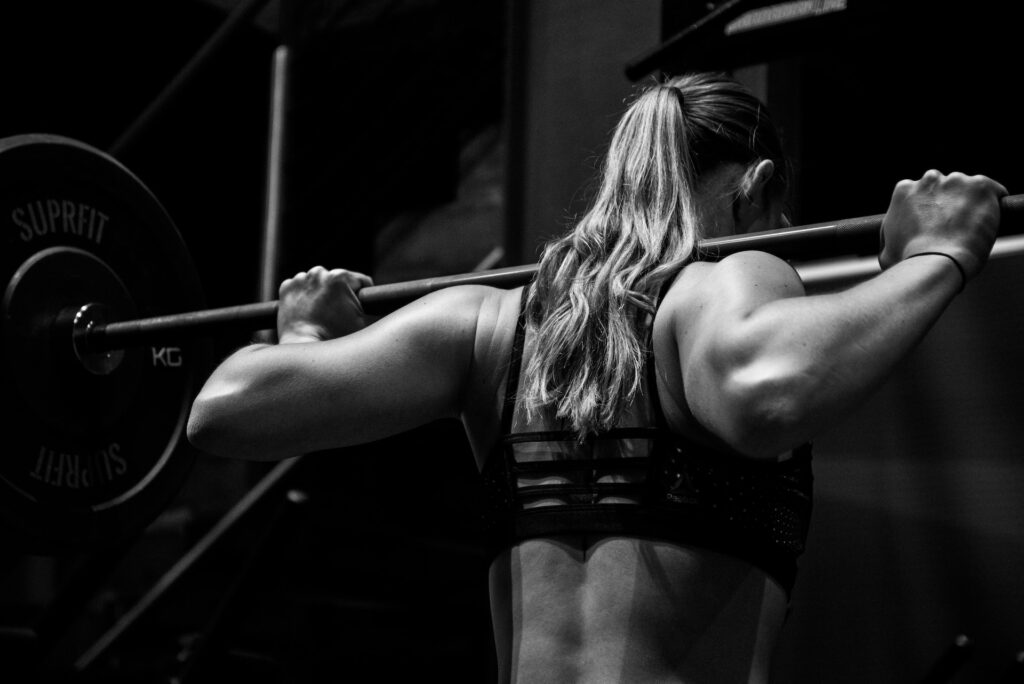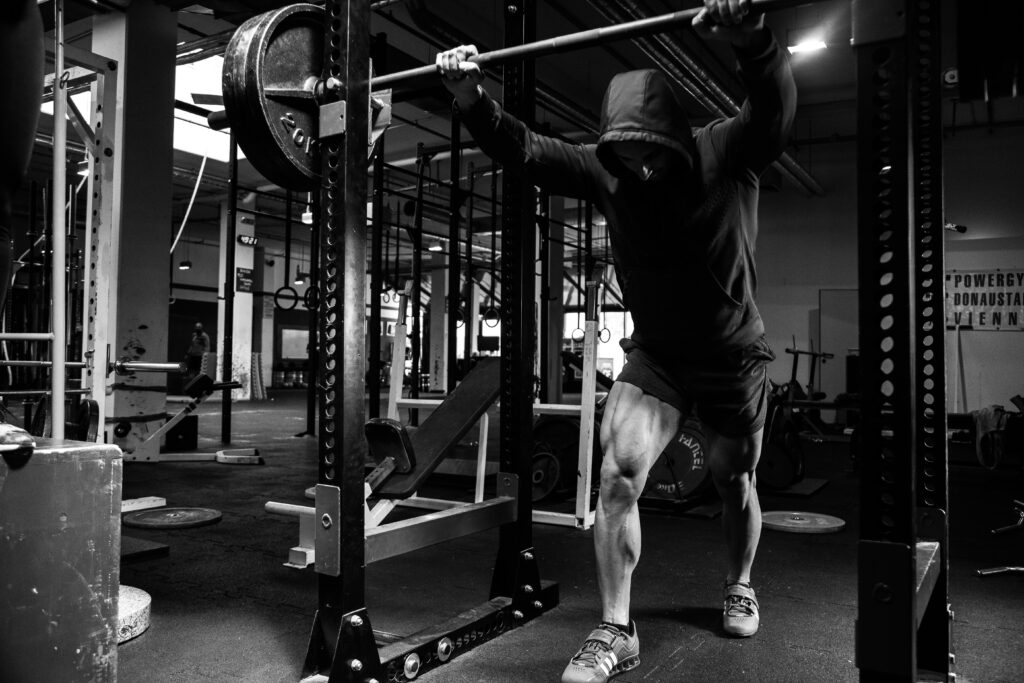Tracking Food/calories
Food tracking is key when ensuring you stay true to whatever training phase you are in. This doesn’t mean that you have to meticulously track calories and macros (although this is the most accurate way) but it does mean that some level of accountability and consistency has to be kept. As talked about in previous posts, the size of your meal and the calories within are not a 1:1 ratio, meaning you could be massively over or under your calories just by eating various food sources.
This is where applications like MyFitnessPal, specialised meal plans or food plates/portion sizes come in with high importance. When attempting to accurately move through a diet, the aim is to accrue as much fat loss as possible with as little muscle lost, while also being able to maintain this week on week. You will know when when you are in a fat loss phase because visually you will be getting leaner while scale weight moves in a downward trajectory. Likewise when moving into a muscle building phase, visually the detail will slowly fade while the shape remains and scale weight will be on the up. The only way to ensure that these factors occur in a sustainable and manageable way, is to set parameters regarding caloric quantity.
To recap, the idea here is to ensure you are staying within your caloric parameters so that a more effective and productive fat loss/maintenance/muscle building phase can be executed.
Tracking Sleep
The body generally knows when it’s not receiving sufficient sleep as upon wake you will generally feel untested and groggy. Fitness trackers can track sleep and some can even track the stages of the sleep cycle.
This is valuable data if sleep is an area that needs improving, but probably isn’t necessary if you feel well rested. Tracking sleep won’t cause any changes, but for those that do suffer with poor sleep hygiene, there are measures that can be taken such as:
- Having your last meal 2-3 hours before bed
- Reduce the level of bright light close to bed time
- Establish a bed time and stay consistent with it
- Monitor caffeine intake and prevent ingestion 6-8 hours before bed time
- Create a colder bedroom environment
It is important once the data has been attained to take action as poor sleep can cause fluctuations in various hormone levels and signalling that can effect bodily processes. Hunger, mood, energy levels etc are just a few that can suffer a negative effect with both poor and fluctuating sleep.

Photo by Matheus Vinicius on Unsplash
Tracking Activity/expenditure
Keeping on top of your activity levels, allows you to understand how active of a person you are. This could be tracking the baseline amount of steps you do in a day up to the amount of times (and how long) you participate in sports & games.
Keeping a log of this then allows you to understand why changes to fitness and body composition occur. As an example, if you maintained you 4 weekly gym sessions and your 2500 daily calories, but your step count dropped from an average of 15k daily to 3k daily, it would be safe to assume the changes in activity levels were directly related to the potential negative changes.
Many vastly underestimate the impact that daily movement has on energy expenditure and maintaining general body composition. Due to the low impact and relatively low energy demand, we can keep active across the day with very little fatigue accumulated. Keeping a log sets a commitment and a minimum baseline.
Tracking Training/log book numbers
For those that take the gym seriously by striving for a better physique and better performance, this is a must. When looking to progress, previous weeks numbers are vital for allowing the lifter to know what is needed to maintain/progress. The log book isn’t just used to monitor the sessions sets and reps but should also be used to provide as much detail and context around the session as possible. This may see notes tied to certain movements, as well as the logging of your warm up.
All of this information gives the lifter a better understanding of the prior week and places them in a more optimal place for progression. This will then show your overall progress over that given training period, helping you to understand which lifts have progressed well/not well and why.
Within your training log book, you can then monitor the impact that your training has had on your recovery. Especially when starting a new training block, you’ll be able to see if the volume was potentially to much (by causing excessive soreness) or too little (by the session feeling under-stimulating).

Photo by Bruno Nascimento on Unsplash
Tracking Scale weight/look
Scale weight on its own doesn’t paint a very good picture. If you eat a takeaway but stay below your caloric target, yet your body weight rises the next day, you’d assume that’s bad right? The answer there lies in your ability to digest the food you’ve consumed rather than gaining any viable body fat. This is where progress photos come in.
Progress photos combined with the scales paint a far more accurate picture as the scales provide a trend line, while the photos provide visual feedback as to where you are headed. In order to achieve your dream physique, an ideal body weight doesn’t mean anything as you don’t know how you’ll look when you get there.
The ideal circumstance to take your photos would be in as natural of a light source as possible while taking them as close to fasted state as you can. This will be you at your most depleted but true self. With your scale weight, it is the same process. As close to waking as you can, while not ingesting any fluids/food. Ideally you will have also been to the toilet as this will give the most accurate account of your body weight.
Other metrics to track
There are so many metric to track that all have their place and value depending upon what you need.
Some of these include:
- Heart rate
- Blood pressure
- Blood glucose
- Stress
- Mood
- Hunger levels
- Digestion
- Hormonal cycles
- Session performance
Even beyond this list there are so many more. The key is to only track the metrics that you will find valuable and tat you can track sustainably.
If you want to see more information on training and nutrition, see my latest Instagram posts at @the_biomechanics_coach. Or, if you are interested in exploring other areas of your training and becoming the best athlete you can be, what about reading my last post on accessory gym equipment.



